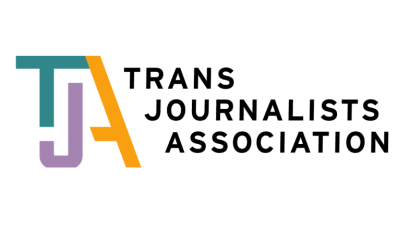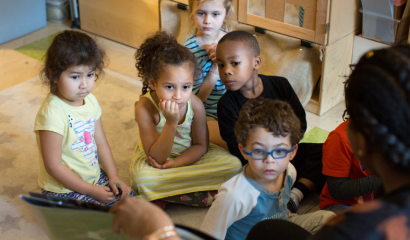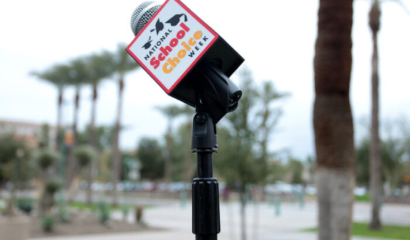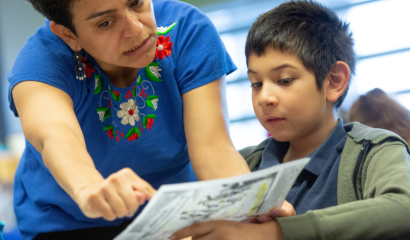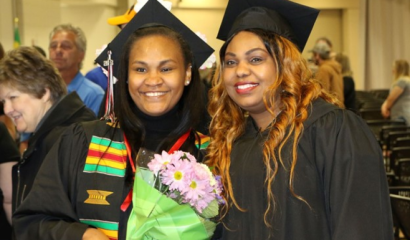Skills
Want to boost your reporting skills?
Find EWA blogs about education issues and get advice on how to cover them. The blogs are written by journalists for journalists and include information from experts, fellow reporters, educators, communicators, researchers, government officials and more. Filter by categories below.
Skills
The Boston Globe’s Christopher Huffaker and Deanna Pan produced this teacher strike coverage guide to help reporters get this story right....
There are long-standing myths about after-school programs. Before writing your next story, dive into what the research says. Get tips for finding research and i...
Jo Napolitano of The 74 advises reporters on covering newcomer students as immigration and education continue to be major political issues. She addresses word c...
Trans Journalists Association is a professional membership organization that promotes more accurate, nuanced coverage of trans issues and communities in the med...
Rachel Cohen of Vox explains why reporters need to maintain their due diligence and skepticism when covering the child care sector. She shares tips to better us...
Seven university professors who study private school choice programs offer journalists advice for strengthening news coverage of this divisive topic....
Teaching about racism, critical race theory and LGBTQ issues is restricted in many states. Understanding these laws can be difficult due to confusing doublespea...
Rural colleges must be a one-stop support shop for their increasingly diverse students, considering they’re often the lone higher education or service provide...
As the Hispanic population increases in the United States, so does the list of Hispanic-serving institutions, or HSIs. Experts discuss how reporters can best co...



